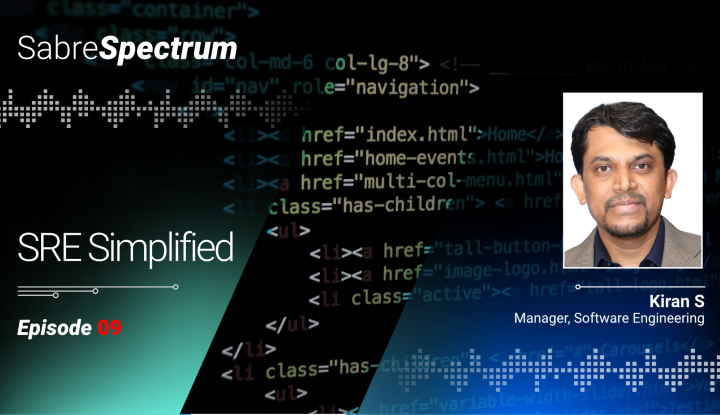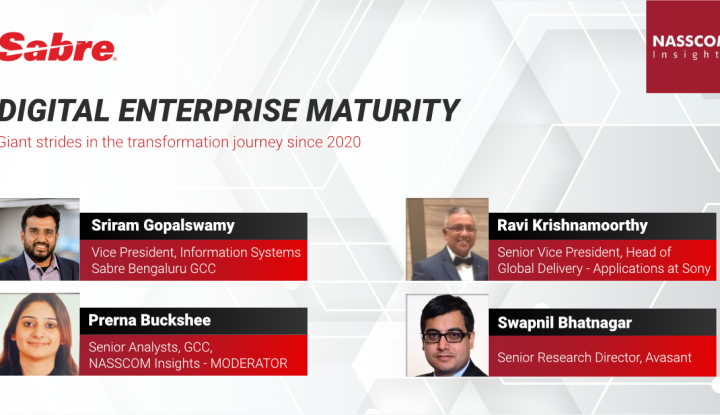Technologies that will Transform Businesses in 2022
The pandemic has accelerated digitization and automation, which coupled with technological advancements, is allowing organizations to adopt disruptive technologies and advanced business models at a swifter pace. These technologies will not only transform the way we do business, but they will also change the way the world travels. Here are some of the technologies that will drive business transformation in 2022.
Industry changing technologies:
The demands for contactless travel accentuated by the Covid pandemic have suddenly brought into focus technologies like Facial recognition technology, touchless kiosks, Robots and autonomous vehicles. These technologies are being put together in ways that can allow a traveller to arrive at an airport and go through all the processes from check-in to final boarding and being seated in his seat on the aircraft through a completely contactless process. This in addition to bringing process efficiencies also significantly allays the fear of safety during travel – concerns that have arisen during this pandemic period.
AI/ML technologies:
The goal that Sabre has to create a market for personalized travel that is many times larger than what it used to be and the demands of customers for more specificity in options presented during the various types of travel will give a strong fillip to ML/AI adoption and not just the way it was done in the past i.e. analysis done in an offline mode with patterns and insights expressed through rule-based systems linked to possible actions which are then put into action during the travel planning and initiation stage. Now the tech has moved to in-path ML where the incoming data is added to the store of data being analysed and pattern changes detected as they happen in real-time and then applied to actionable which are defined as bounded ranges or inside an action envelope within which the decision making on what action to take can be algorithmically determined. Essentially the shift will be towards self-learning, adaptive algorithms and of course building upon what has come before in terms of self-diagnosing and self-healing applications.
PEC – Privacy Enhancing Computation:
There have been significant advances in the speed and ubiquity of wireless mobile technologies i.e., 5G, IoT and Edge computing. This amplifies the power of applications to deliver up to the minute data, tracking, search and generating options e.g. in travel in terms of hotels, flights, trains etc. However, the increasing power of these applications also results in large amounts of personal data in the areas of expression of one’s interest (through search) and in activities that one does – travel and other related activities being generated online. This brings with it the whole question of data privacy, the use of this data and ownership of data. The requirement that data that has been generated be only used for the purpose for which the data has been generated has resulted in these considerations being built into applications right from the architecture stage and in writing apps in a way and building in data capture, manipulation, storage, archival and subsequent deletion in ways that are in line with the regulatory requirements of different regions. Thus ‘Privacy Enhanced Computation’ will soon become the norm for applications in the immediate future.
Composable Architectures:
The pandemic has brought squarely into focus the urgent requirement of resiliency and adaptability. The travel and hospitality industry has been one of the most impacted industry segments. All the players in the travel industry ecosystem – travel services providers, travel technology providers have had to adapt at a tremendous pace to the changing demands in the travel process as well as in bringing in technologies that allow the industry to meet these rapidly changing requirements. Composable applications – applications with modular functionalities make reconfiguring and adapting functionalities in different ways much easier at the application level. And composable architectures not just for applications but perhaps for organizations themselves amplify the ability to assemble diverse teams composed of individuals with diverse capabilities/skills to meet these challenges post which they are dissolved, and other teams can be constituted to meet new challenges that might emerge.
Read More
——————————————-
This article authored by Jaya Kumar K was published in ELE Times






